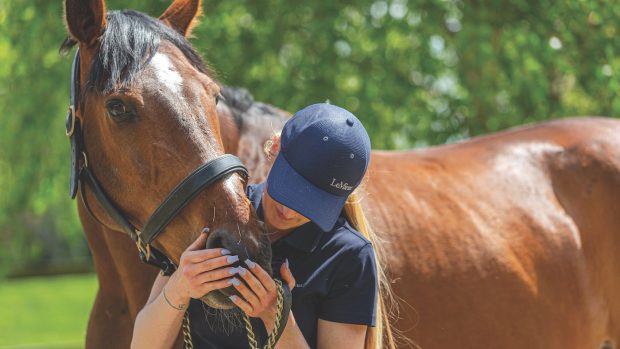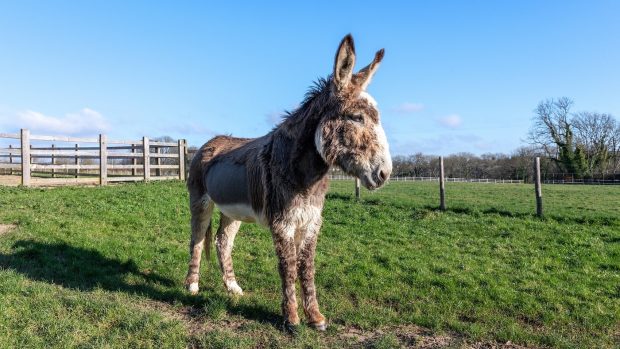Torsion — or twisting — of the large colon is one of the most painful and serious forms of colic in horses.
It accounts for more than 15% of colic surgeries and even when there is prompt surgical intervention to untwist the colon, it can still be fatal.
The equine large colon is a large, U-shaped organ, usually 3-3.7m in length and with a capacity of over 100l.
Despite its size, the large colon is very mobile. It can twist about itself up to 180° within the horse’s abdomen, without causing the animal a problem.
If this giant organ twists more than 270°, it cuts off its own blood supply, which impairs or compromises its normal protective barrier function. This allows large quantities of toxins into the horse’s circulation.
Even when the colon is untwisted or removed during surgery, the horse can remain in toxic shock. This is why the condition is often life-threatening even after surgical intervention.
Reduce the risk of large colon torsion by:
- Maximising turnout
- Avoiding sudden increases in the duration of stabling
- Providing regular, quality dental care
- Avoiding feeding sugar beet
- Minimising the number of horses on a premises, or managing horses in smaller groups
- Avoiding sudden changes in the amount of hay or haylage a horse is fed
- Minimising the number of people involved in a particular horse’s care
- Making changes to your horse’s management and diet gradually
Read the full veterinary article about colic in H&H magazine (17 January 2013)




